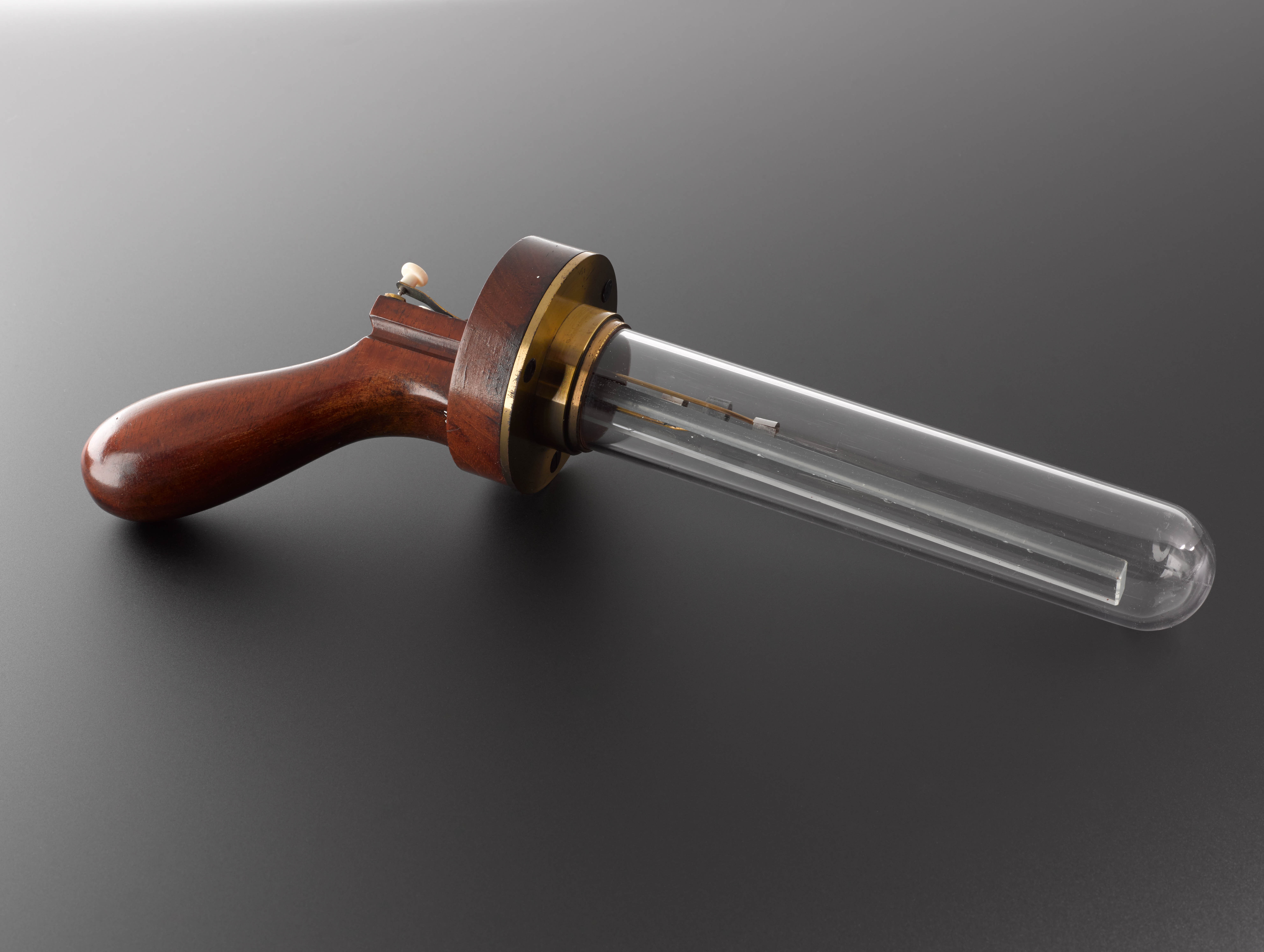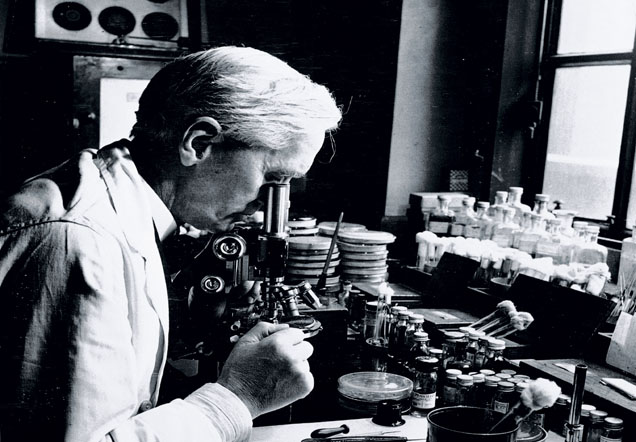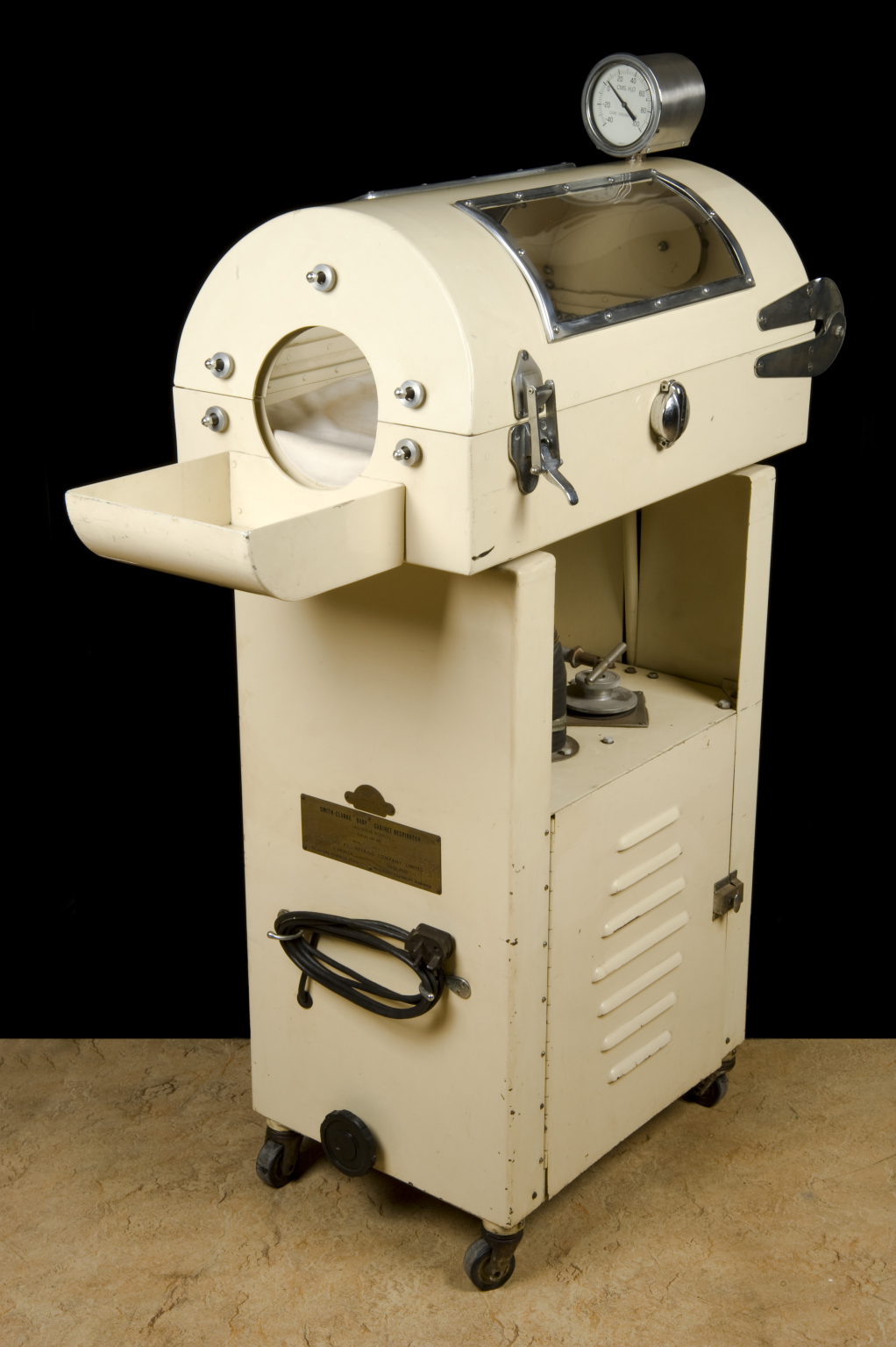Selina Hurley, Assistant Curator of Medicine, takes a look at the story behind a new addition to our collections.

Journalist and broadcaster Samira Ahmed goes behind the scenes of our new exhibition, Mind Maps: Stories from Psychology, which opens to the public this week.
Katie Maggs, Curator of Medicine blogs on a rather special surgery performed at the Palace.
Micol Molinari, Learning Resources Project Coordinator writes about the Summer Science Exhibition at the Royal Society. The exhibition runs from 2-7th July and is free entry. Exciting, colourful, inspiring: fancy a little of that this week? You’re in luck. Every year, a specially selected group of researchers and technologists from across the nation, take over the Royal Society building and garden and turn them into an incredible celebration of scientific endeavour – the Summer Science Exhibition – filled with interactive exhibits, games, live demonstrations, prizes, and […]
Kate Davis, a Learning Resources Project Developer, discovers the story behind one of our more unusual objects. The fifth floor of the Science Museum is a fascinating area, full of gory and often unusual paraphernalia related to the history of medicine. One of the more unusual objects lurking in this gallery is the Drug Castle. Our knowledge of medicine and how civilisations have treated illness and disease stretches all the way back to the earliest writings on the subject from […]
A guest blog post by Vivienne Parry, MRC Council Member This year the Medical Research Council (MRC) celebrates 100 years of life-changing discoveries. The MRC has its roots in the National Insurance Act, passed by Parliament in 1911. At the turn of the last century, TB was as great a concern to the Edwardians as cancer is to us today. Desperate for cures, government proposed that one penny per working person per year should be taken from their national insurance […]
How many people do you know that have had a cataracts operation? Cataract (the clouding of the lens of the eye) have been operated on for hundreds of years. One of the earliest operations was couching – pushing the clouded lens out of the way to restore some vision. By the 1740s, methods were developed to remove the lens completely. However it wasn’t until the 1940s, that a successful artificial alternative to the eye’s lens was found, the intra-ocular lens. While working […]
Today we’re hosting The Giants’ Shoulders, a monthly event providing a taster of some of the best history of science the blogosphere has offered this month. News of a meteor breaking up over Russia and the close approach of an asteroid inspired many bloggers including Rupert Baker at the Royal Society Repository, Darin Hayton, Lisa Smith at the Sloane Letters Blog and Greg Good at Geocosmohistory. On the Board of Longitude Project blog, Alexi Baker surveyed how attitudes to inanimate objects […]

It’s hard to imagine life without penicillin. This drug, which many of us take for granted, has saved millions of lives since its discovery by Alexander Fleming less than a century ago.
March marks the 100th anniversary of the first cars made by William Morris (1877-1963). The first was a Morris-Oxford Light Car. William Morris began making and repairing bicycles in his work and gradually went onto to hiring and repairing cars before making his own. Although his business was disrupted by the First World War, Morris went on to dominate the British car industry and was made a baron in 1934 and 4 years later Viscount for his services to car manufacturing. He […]

Billionaire computer entrepreneur and philanthropist, Bill Gates, is to discuss the impact of polio on humanity at this evening’s annual BBC Richard Dimbleby Lecture. His speech, which will be broadcast from the historic Royal Institution, will be supported with the visual aid of an iron lung from the Science Museum’s collection.
Amongst our peerless collection of artificial limbs are a number which have been designed or adapted for very specific functions. For example, the special attachment that allowed a one-armed WW2 bomber pilot to hold the joystick in his plane or the artificial leg terminating in a hollow metal half-sphere that prevented a keen beachcomber from sinking into the sand. The arm pictured above is one of the most intriguing examples we have. Acquired from Queen Mary’s Hospital in Roehampton, it’s […]